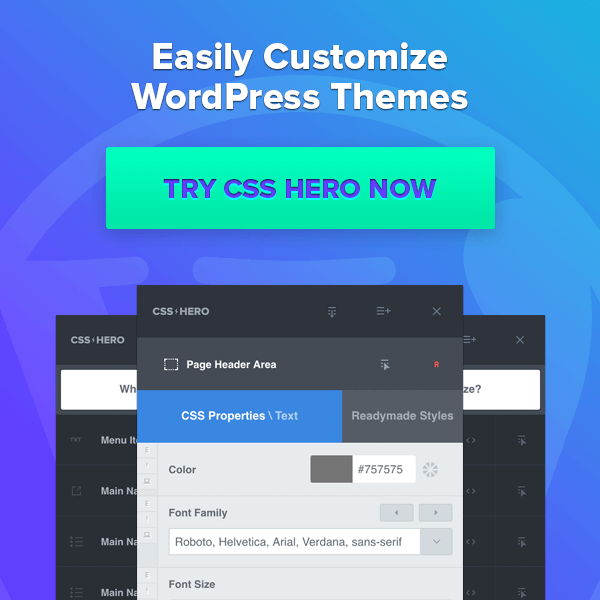You’ve registered your domain, found a great blog theme, assembled your plugins, and read up on SEO. Now the nuts and bolts of your new blog are in place, so it’s time for the fun to begin. Writing content!
So, what’s your blog content strategy? You do have one, don’t you?
A good content strategy can be nothing more than a hastily scribbled list of topics that sit on your desk. But if you’re willing to invest a little extra time on a great blog content strategy, you can avoid getting stuck in idle when you’re out of ideas and reach lots of people with your content. You’ll also be able to pivot quickly when timely blog topics crop up that you want to tackle immediately.
A killer blog content strategy is really a two-pronged approach. You need methods for consistently creating compelling content and ways to get it in front of peoples’ eyeballs. Here are some proven content strategy ideas for new bloggers to get the job done, along with some ideas you might not have considered.
Content is king (and queen, and the whole royal court)
One of the scariest things about blogging is the fear you’ll run out of ideas. It happens to all bloggers at some point, so the key is to have a content strategy in place that keeps your blog running smoothly even if you’re not firing on all cylinders. Let’s take a look at some ways generate content ideas.
1. Answer questions. Q & A websites like Yahoo, Quora, and Google Discussions are veritable gold mines of ideas. Some of the best blog posts out there help people answer questions and solve problems, so find out what people want to know. For example, if your blog is focused on horse racing, Quora can tell you what kinds of questions people are asking so you can answer them on your blog.

2. Round ups. Round up posts that pull in timely information from a variety of sources are beneficial in two ways. First, they give your readers multiple viewpoints of the same topic. Second, they’re great for getting on the radar of bloggers you’d like to connect with. A blog post titled, “What the 7 Best Sports Commentators Are Saying About the Sochi 2014 Olympics” grabs the attention of readers who are glad you culled the information. There’s also a good chance the commentators your mention and link to will happily share your content because, hey, who doesn’t like to be on a “best of” list?
3. Guest posts. One reason networking on social media platforms is so important is that it gives you an opportunity to connect with other bloggers in your industry. We’ll get into the importance of setting up social media accounts in a minute, but once you’re established and sharing your content across these networks, be sure to cultivate friendships with others for possible guest posting down the road. It’s a great strategy for writers to get new readers fresh eyes on their work.
3. Infographics. Sometimes delivering hard data via eye-catching graphics can turn a dry blog post into a quick and easy read for the information overloaded. Imagine a long blog post describing the nuanced differences in popular fonts. Are there even enough adjectives in the world to explain fonts with that level of detail? Now have a look at an infographic web designer Rylee Blake put together.

You don’t have to be a web design pro to create an infographic on your own. Try a free online service like Piktochart or infogr.am to create a clever image with interesting information.
4. Video. Once in a while even the most prolific blogger should step away from the keyboard and create a video blog post, or, vlog. Of course, you’ll want to experiment with video content to see if it’s something your readers find useful before committing to a long string of videos. While consumable video content may not be right for every blog, it’s a natural fit for others. No one wants to watch a talking head drone into the camera for 20 minutes, so a good rule of thumb is to rely on vlogging for action-oriented content like a walking tour of local craft beer breweries or a how-to on using power saw without losing a finger.
5. Polls/Surveys. Everyone likes to share their opinion so polls and surveys are a treasure trove of information that can often generate multiple blog topics. Use a free polling site like Survey Monkey to poll your readers on questions related to your blog content and use their responses to come up with content and ideas for future posts.
6. Social media networks. As you begin strategizing topic ideas, be sure to secure accounts at The Big Three social media services: Twitter, Facebook, and Google+. If your blog content is valuable to industry professionals, also consider setting up a LinkedIn account. Social networks are a terrific method for sparking ideas based around trending topics and for finding out what people are talking about right now.
7. RSS feed. Save yourself some time and sanity by filling an RSS feed reader with blogs and websites that are relevant to the topic you’re writing about. You’ll be checking these sites frequently so scanning a neatly filtered feed is much easier than opening 36 bookmarked tabs in your browser. As an added bonus, many RSS readers let you favorite, star, tag, or otherwise annotate posts so you can quickly find them again later.
8. Google Alerts. If RSS feeds are a long, leisurely walk you take while developing blog content ideas, Google Alerts are a quick run into the convenience store to grab something off the shelf before it’s gone. Depending on the type of content you’re creating, writing about rapidly trending topics around the internet can make or break the success of your blog. Going back to our Olympics analogy for a moment, few people want to read about who won gold medals five weeks after the event is over. That kind of content must be published as it happens or it stands little chance of ever being seen. Google Alerts keeps you informed in near-real time whenever your choice of keywords or topics are mentioned around the internet so you can whip up a post right away.
Bonus tip
9. Set up an editorial calendar. Once you begin collecting blog topics, assemble them into a loose schedule using an editorial calendar. This can be as elaborate or as bare-bones as you prefer; Google Calendar is a good place to start. As your blog topics begin to gel, an editorial calendar helps keep you on track and shows you at a glance what can be moved around to accommodate timely ideas you come across via Google Alerts, available times to schedule guest posts, and so on.
I can’t promise you that you’ll never draw a blank on what to write about because it happens to every blogger eventually. But a good content strategy keeps you on track and keeps those ideas flowing even when you think there’s nothing left to say — because there’s always something to say.





